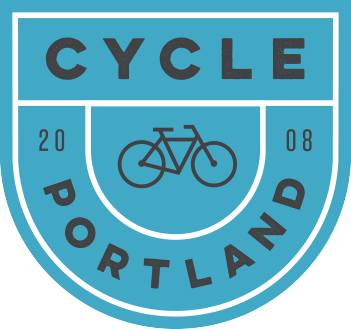Mike’s Bike Advice
Disc Brake Conversions
Part II of our three part series– answering your questions about if and how to upgrade your steed
Usually, answering this question is pretty straightforward. Are there disc tabs on the b ike? If your bike was built with disc brakes in mind, it can be easy–though costly–to upgrade. So if you are looking to upgrade the brakes on your bike to work best in wet, muddy weather, for higher speed braking or for quite steep hills, check for these tabs on your front fork and rear triangle:
ike? If your bike was built with disc brakes in mind, it can be easy–though costly–to upgrade. So if you are looking to upgrade the brakes on your bike to work best in wet, muddy weather, for higher speed braking or for quite steep hills, check for these tabs on your front fork and rear triangle:
Once you’ve determined you have a bike frame that will accept disc brakes, bring it on in to figure out whether cable or hydraulic disc brakes will work best for your purposes. For most commuting uses, cable disc brakes provide the cheapest, simplest and most maintenance-free option. If you are looking for the best braking system regardless of price, hydraulic brakes do provide a slightly stronger and smoother platform that doesn’t suffer from cable stretch. Look for trusted brands like Shimano and Avid when you’re ready to buy for the best reliability and longevity.
All that is left is to find the perfect wheel set to complete your disc brake transformation. There are two styles of attachment between the rotor and disc hub: 6-bolt and centerlock. Match your rotor disc with the hub style you have an you’re ready to roll with a bit more safety and security.

If you have found your perfect bike for touring, commuting or exploring but the bike doesn’t have disc tabs, we have a workaround for those looking to improve braking. Adding a new fork to your commuter can give you access to disc braking on just your front wheel–the wheel that provides up to 80% of your braking power.
There are quite a few options to upgrade your fork for under $100 to allow disc braking power on your favorite steed.
